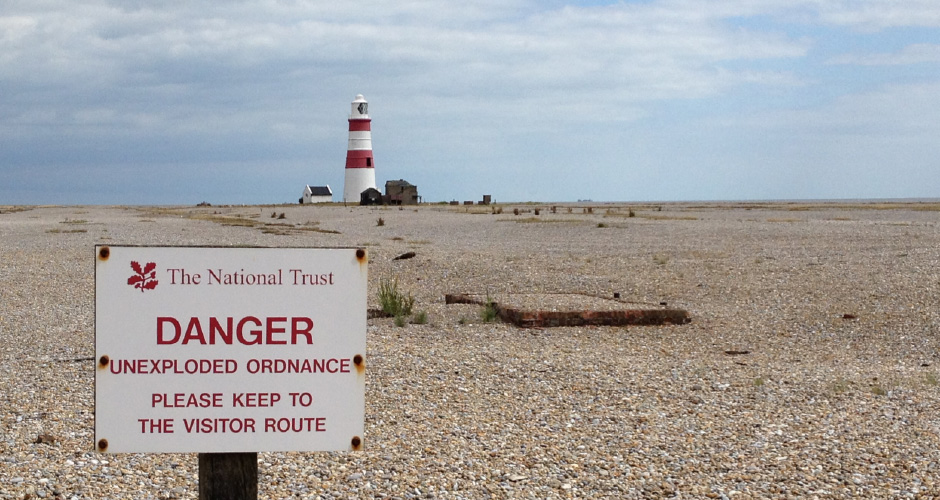Christopher AMES
専門
文化人類学
調査地域
沖縄
研究主題
在沖米軍基地と地域社会
業績
- エイムズ、クリストファー 2010「「軍人」から「外人」へ――沖縄における沖縄県民と米軍の相互関係につい ての民族誌学的一考察」(佐和・松枝・サベジ訳)『Contact Zone』3:72-105
- Ames, Christopher.A. 2010. Crossfire Couples: Okinawan Women in Relationships with American Military Men. In S. Moon and M. Höhn eds. "Over There": Living with the U.S. Military Empire. Durham, North Carolina: Duke University Press.
- Ames, Christopher .A. & Yuiko Ames 2011. Friends in Need: Operation Tomodachi and the Politics of Disaster Relief in the Developed World. In J. Kingston ed.Tsunami: Aftershocks and Fallout from Japan's 3/11. Nissan Institute/Routledge: London.
- エイムズ、クリストファー & エイムズ唯子 2012「コンタクト・ゾーンとしての「アメラジアンスクール・イン・オキナワ」――多文化共生社会への課題」田中雅一・奥山直司編『コンタクト・ゾーンの人文学4 Postcolonial/ポストコロニアル』晃洋書房。
- Ames, C.A. (2014, forthcoming) Okinawa's American Village: Reversing the Gaze. In J. Mock, J. McCreery & G. Poole eds.The Anthropology of Japan in Japan: People, Place, and Policy. Oxford: Berghahn.
My recent research contributes to the project in three main ways. First, I am interested in how U.S. bases have affected the Okinawan landscape, its physical manifestations such as town planning and architecture as well as markers of Amerikaa-mun goods that have been incorporated into everyday life in Okinawa through such things as food, clothing, music, design and so forth.
The second project I am working on involves preservation of cultural resources on U.S. military bases. I am interested in discerning the processes through which Okinawan villages, tombs and sacred sites on U.S. bases are preserved or destroyed as well as how Okinawans gain access to these sites and how the areas are "remembered" across generations of person unable to access their own land.
Finally, I have attempted to contribute to the project through my status as a faculty member at a U.S. state university that offers undergraduate courses on U.S. bases throughout Asia. This position affords me the opportunity to interact intimately with the military community as an insider, permitting me to provide different perspectives on the problems associated with the military in Okinawa than those normally provided through outsider efforts at discerning the situation. Each year, I teach a history class on ancient and modern Ryukyus/Okinawa to military and local Okinawan students. The course incorporates field study elements, classroom lectures, films and extensive online discussions of readings and issues germane to Okinawan history and culture. The course has made it possible for me to both teach and learn about how contemporary and past Okinawa are perceived by military members, their family members and local Okinawans.
My research on Amerikaa-mun and the American impact on the Okinawan geographical and cultural landscape are both an historical project and an anthropological one. There are significant generational differences over how Okinawans tend to perceive American products (Amerikaa-mun) introduced through the occupation.
The oldest generation that lived through the war tends to view these items, such as pork luncheon meat, chocolate and mayonnaise as "special" luxury objects (joutou) that had limited availability during hard times in Okinawa and were used through social exchange to cement relationships between Okinawans in reciprocity networks.
The current middle-aged generation grew up after the occupation but were influenced by their elders' reverence for Amerikaa-mun. It is noteworthy that reverence for Amerikaa-mun and opposition to the bases from which they spring (at least how they are imagined as originating on the bases) can frequently be found together. Many informants report "bases and the good aspects of American culture brought by the military are unrelated." Other scholars have noted this pattern with respect to the base carnivals that are held to foster friendship between the communities.
The youngest generation of adult Okinawans has typically not known the extreme poverty of their great-grandparents/grandparents. To them, chocolate and tinned pork and pizza are not luxuries but commonly available items that can be had easily and affordably. Their Amerikaa-mun romantic image of U.S.A. is more related to Hollywood than Hormel pork. Fittingly, the America in Okinawa that most appeals to the younger generations is the American Village shopping mall in Chatan Town, where I have conducted fieldwork since the late 1990s. This mall still plays on the image of American bounty and openness but is on a grander scale than older generations can imagine. With its advent, America became an Okinawan creation available off-base for the first time and was etched into the landscape as a emblem of Okinawan ability to create and control their own America, rather than being controlled by the generals and occupation officials who resided behind the barbed wire on the Americas out of bounds to Okinawans.

